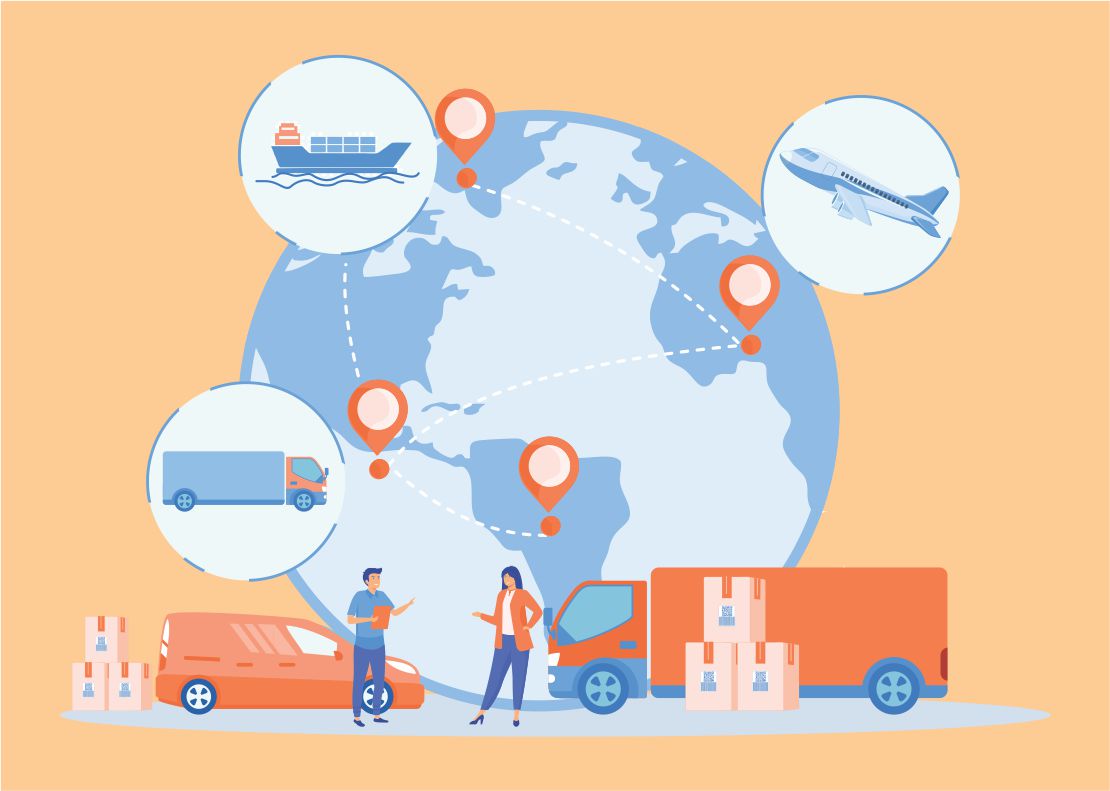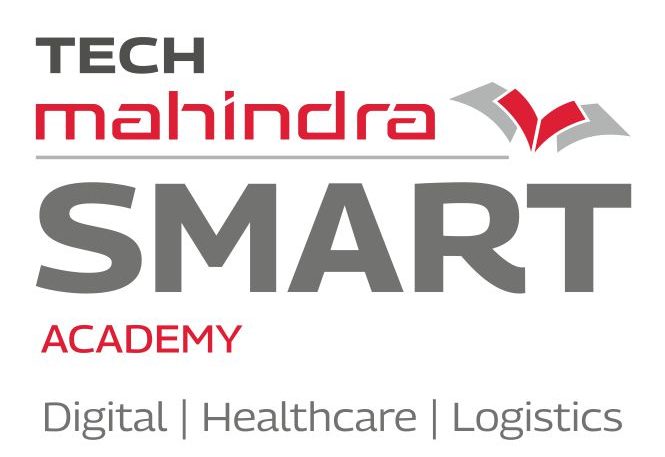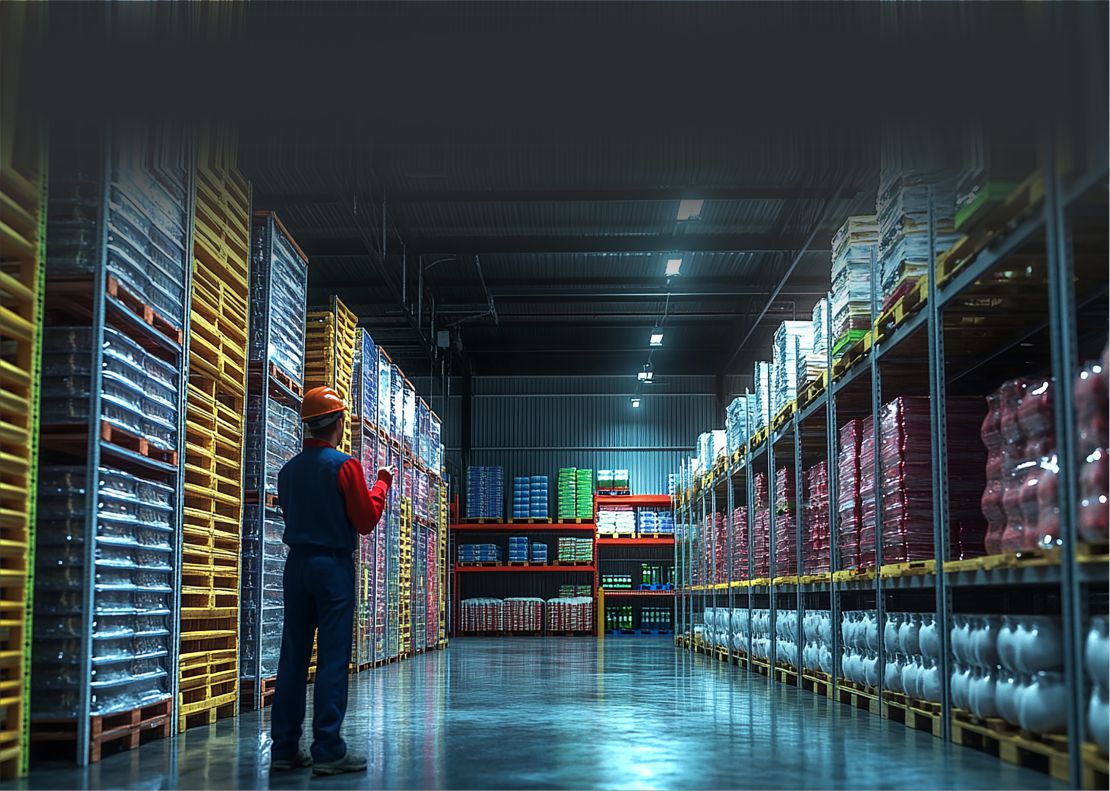
How does Push & Pull Strategy Stand Out in Supply Chain for Retail Industries?
In the competitive retail world, managing customer demands and navigating multi-channel sales is challenging. Successful businesses need a well-planned supply chain strategy. To stay competitive, it is essential to study rival tactics and implement proven solutions. Enhancing supply chain performance involves optimizing the workforce, streamlining operations, and using technology. These steps require a solid strategy. One effective approach is implementing a push supply chain strategy.
What is a push strategy?
A push logistics strategy focuses on predicting demand and making early supply decisions based on forecasts. Companies using this approach heavily rely on forecasting to determine the quantity of inventory to procure. In this strategy, all products are typically treated equally in terms of demand due to the high number of stock-keeping units (SKUs). However, implementing a push logistics strategy requires a substantial upfront investment and can lead to longer delivery times for reaching customers.
Our new approach enables us to make larger-scale predictions, like weekly projections from our distribution centre to stores. We use these projections to transport products instead of relying on store-specific demand. This strategy improves long-term planning, guarantees stock availability at stores, and allows us to benefit from economies of scale. Overall, this approach gives us greater control and enables us to plan more effectively.
Using a push strategy has the significant disadvantage of being slow to adapt to market changes. It relies on uncertain forecasts instead of adjusting to real-time demand, which can lead to errors and inaccurate predictions. Additionally, this strategy brings about a range of negative consequences, including higher storage costs, product waste, price reductions, missed sales, inventory shortages, increased debt, and disrupted production schedules.
What is a pull strategy?
With a pull supply chain strategy, businesses rely on real-time data to accurately estimate inventory needs. This strategy follows the Just in Time (JIT) principle, where consumption is precisely monitored at a granular level, including specific store, product (SKU), daily sales (POS), and forecast data. By optimising inventory levels based on actual demand, businesses can achieve:
- Enhanced customer satisfaction (higher service levels)
- Lower storage and holding costs
- Reduced excess inventory
- Minimised markdowns due to overstock
- Flexibility to adapt to fluctuating demand
- Variations across products and locations
The pull approach has drawbacks. It can be hard to handle extended delivery times and shifting demand. Plus, it can be tougher to save money on production and distribution because they’re based on actual demand. To address these issues, many retailers use a mix of push and pull strategies, called a push-pull strategy. This lets them combine the benefits of both approaches, like using a push system to get products to stores and warehouses and then switching to a pull system as they wait for orders from customers.
Retailers use a push-pull strategy to meet changing customer needs and improve efficiency. Push strategies focus on promoting products to increase demand, while pull strategies aim to generate demand to drive production. Combining both strategies ensures retailers can quickly adapt to market demands and achieve cost savings.
What do you need for a successful push-pull strategy?
A successful push-pull strategy requires a strong operational foundation. Companies must invest in the following fronts to achieve the desired objectives.
- Effective customer communication throughout the supply chain
- Planning systems for precise product distribution and timing
- Streamlined execution processes
- Reliable logistics partners
- Close proximity to customer hubs
Companies also need advanced distribution and logistics technology that can rapidly respond to the multifaceted demands of multi-channel markets. Some of them are mentioned here:
Warehouse Management System (WMS): WMS that can effectively handle both push and pull distribution processes. It will also allow for customizable and streamlined workflows that can enhance overall efficiency.
Transportatiry. Additionally, it is important to maintain transparent and genuine communication with customers throughout the entire purchasing process.
High Volume Parcel Application: The efficiency of high-volume parcel applications, is an improved alternative to the old-fashioned, manually-intensive shipping methods. The modern applications bring in seamless scalability, expanded carrier options, and unparalleled precision to ensure successful delivery every time.”
Electronic Data Interchange (EDI): EDI plays a crucial role in maintaining strong partnerships. It is essential to keep each partner well-informed and provide them with the resources they need to excel. By utilising scalable and flexible EDI tools, you can enhance the speed of transactions between fulfilment channels and trading partners. This, in turn, leads to reduced costs and improved productivity.
In summary, both push and pull strategies have advantages and disadvantages. However, a strategy that combines both push (supplier-driven) and pull (customer-driven) approaches can harness the benefits of each while reducing the downsides. To succeed with a push-pull strategy, it is crucial to leverage technology, use existing resources, and form strategic partnerships. This approach can optimize operations and increase profitability for businesses.
ON Management System (TMS): In terms of transportation, the ideal logistics system should be equipped to handle push distribution and transfers cost-effectively without compromising on top-notch customer service.
Customer Service Application: The company requires efficient methods for fulfilling orders and ensuring on-time delive



